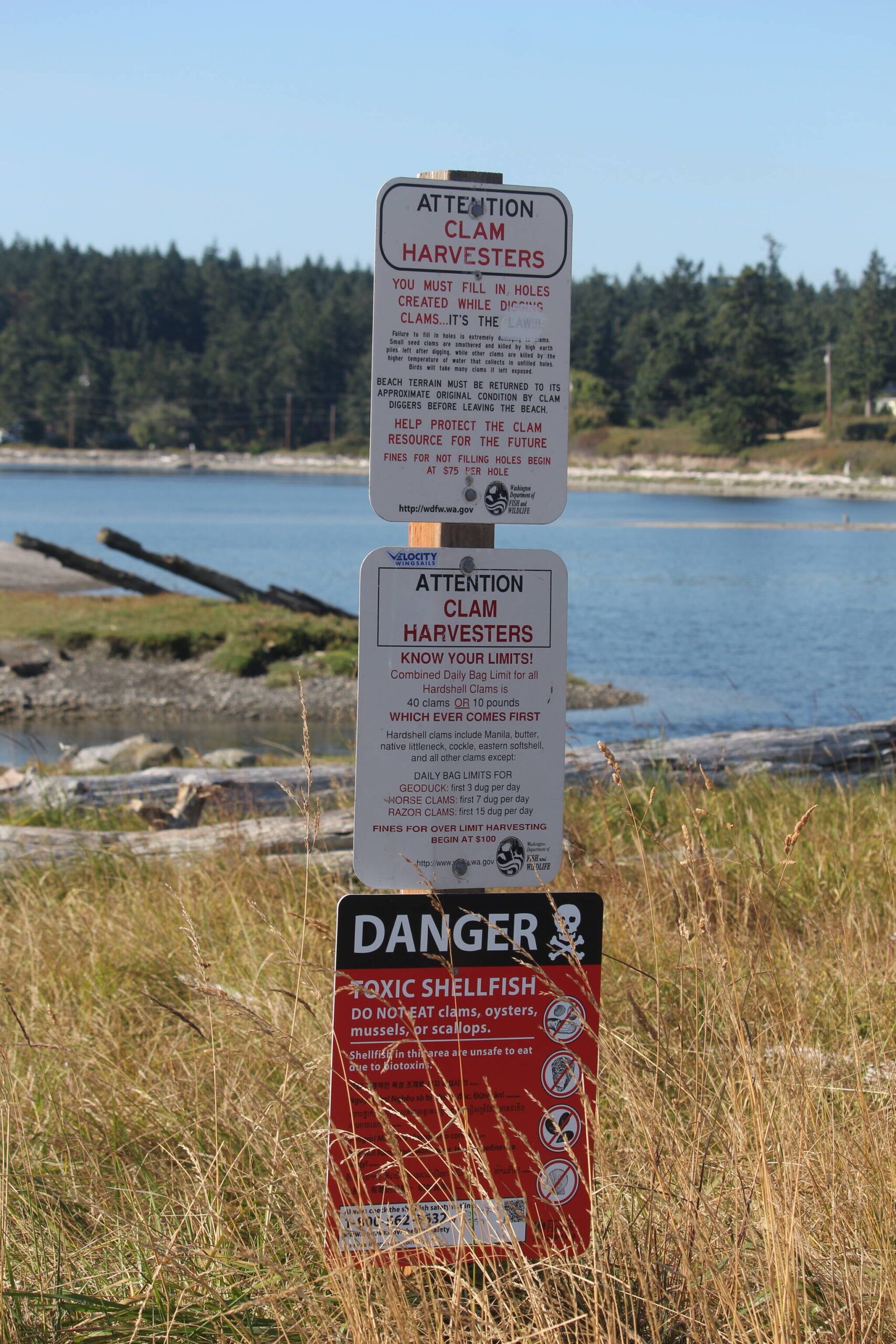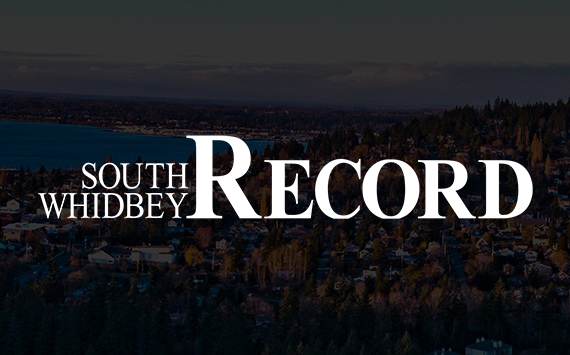Island County’s primary shellfish provider is suffering business setbacks as a shellfish ban goes into effect.
The one-stop shop for mussels, clams and oysters — Penn Cove Shellfish — supplies every restaurant and business you can think of, from Island County to Seattle to California and across the United States, Operations Manager Zane Malloy said. The business will be hindered for months while biotoxin levels in the water remain dangerously high.
This setback arose after blue mussels from Penn Cove were tested at 134 micrograms paralytic shellfish poison, or PSP, per 100 milligrams of shellfish Friday, Quinn Farr, an environmental health specialist from the Department of Natural Resources said in an email. Now, recreational harvesting of shellfish is banned in Penn Cove and Holmes Harbor for all species, according to the state Department of Health’s Marine Biotoxin Bulletin.
This issue is a regular occurrence in the summertime as biotoxin-producing algae blooms more rapidly when temperatures rise, Farr said. When shellfish feed on the algae, the biotoxins accumulate within them and can reach levels that are unsafe for consumption, he explained.
It is difficult to predict how long a closure may last; however, biotoxin closures for all species can last for several weeks or months, he said. Closures for butter and varnish clams can last significantly longer, for months or even years, as these species retain toxins for a longer period of time, he added.
Farr warns against consuming shellfish with high levels of biotoxins as it could lead to paralytic shellfish poisoning, diarrhetic shellfish poisoning or amnesic shellfish poisoning.
Penn Cove Shellfish initiated a mandatory shutdown before the Department of Health declared a ban on shellfish. This decision followed daily sampling by Penn Cove Shellfish scientists as the water got warmer. Although the Department of Health sets the closure threshold at 80 micrograms PSP per 100 milligrams, the business proactively stopped selling local shellfish when levels reached about half that amount, recognizing that toxin levels can rapidly change from safe to unsafe, Malloy explained.
After 50 years of operation, pulling their shellfish out early has worked to maintain the health of the public, according to the operations manager.
“We’ve never gotten anyone sick, and we don’t plan on it. We automatically do a mandatory shutdown on our own accord,” Malloy said.
Over the past couple of weeks, Penn Cove Shellfish has not sold anything grown locally at sea. Instead, clams and oysters are grown out of state and are held in a wet storage away from the water on Whidbey.
To maintain caution, the company is continuing to wait for the paralytic shellfish poison levels to measure consistently back at zero before resuming selling locally grown shellfish. Even then, it will wait a few more weeks for the mussels and clams to purge any toxins out of their system before resuming sales of its shellfish from the sea.
While the delay is a big detriment in profit for the business, they can’t do anything about it, Malloy explained.
“There’s not really much you can do because the cool thing about shellfish is not only do they eat the algae in the water, they eat good algae and they eat bad algae and it helps them grow, but some algae is just not good for humans and we have to constantly be checking,” he said.
While many people believe that when they see orange algae in the water, it means it is full of biotoxins, humans are unable to see the biotoxins with the naked eye. Penn Cove Shellfish scientists send their samples to the Department of Health consistently, where state scientists also conduct biotoxin testing to monitor safety.
Despite losing money, Malloy is optimistic about the business’s cautious approach because “that’s the only way to keep our customers safe and keep this business running above par,” he said.
Farr encourages people to continue to check the state Department of Health Shellfish Safety Map (doh.wa.gov/ShellfishSafety) before and after harvesting, for the most up-to-date information on closures.



